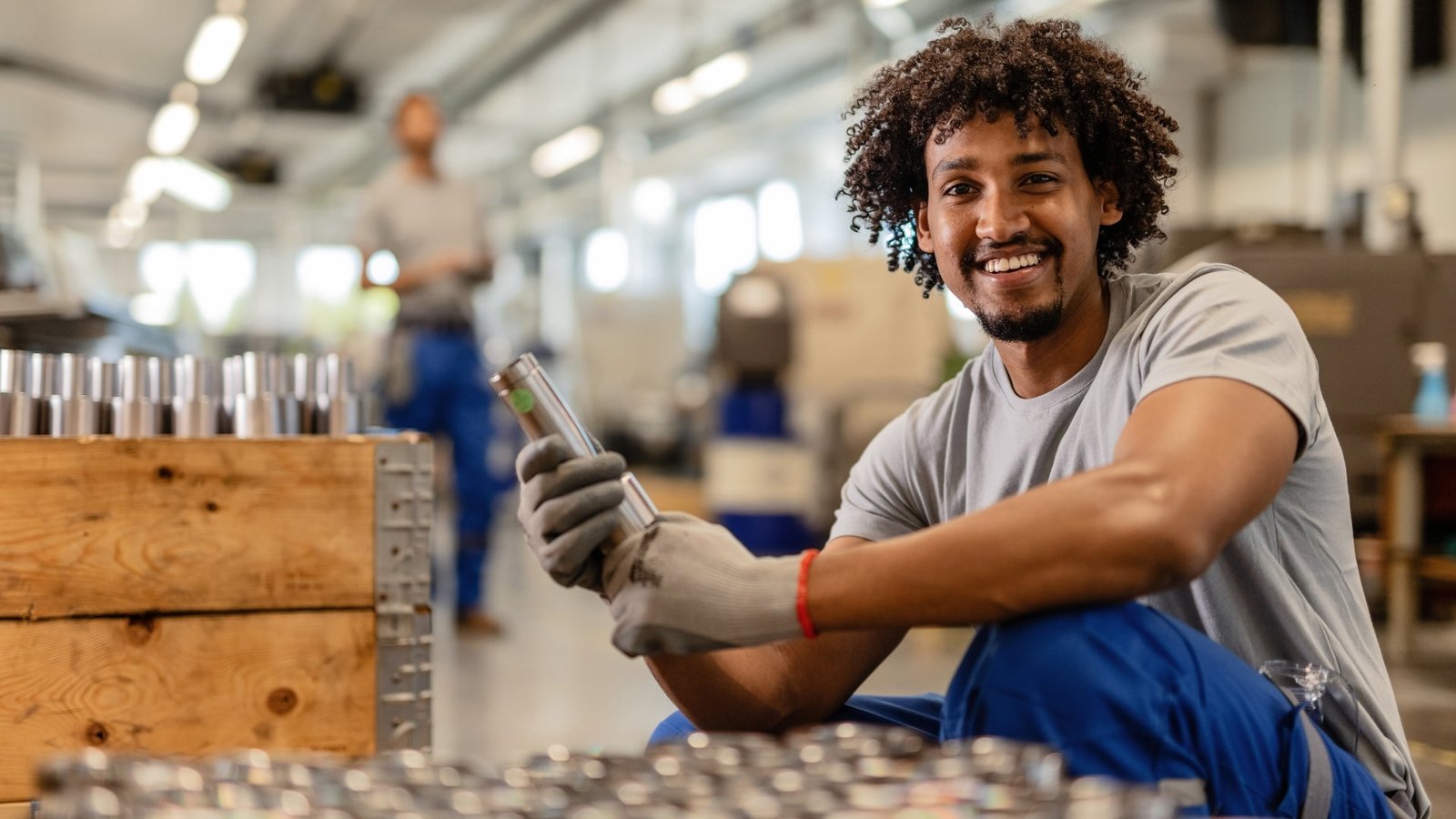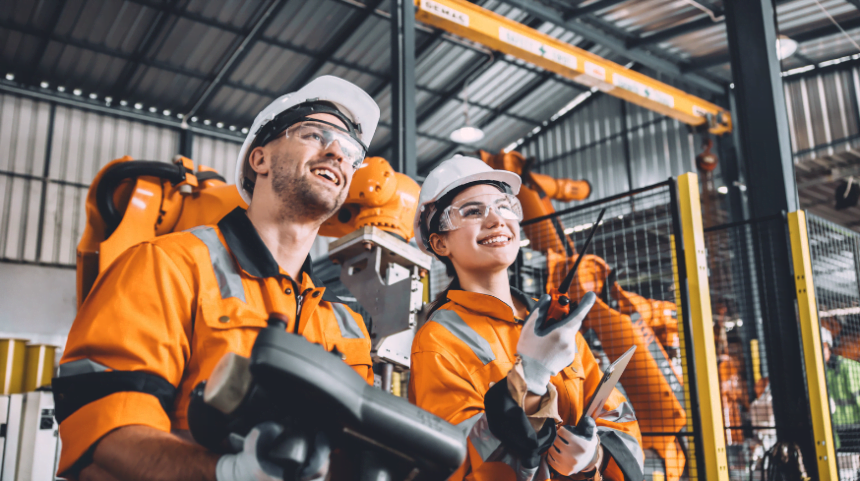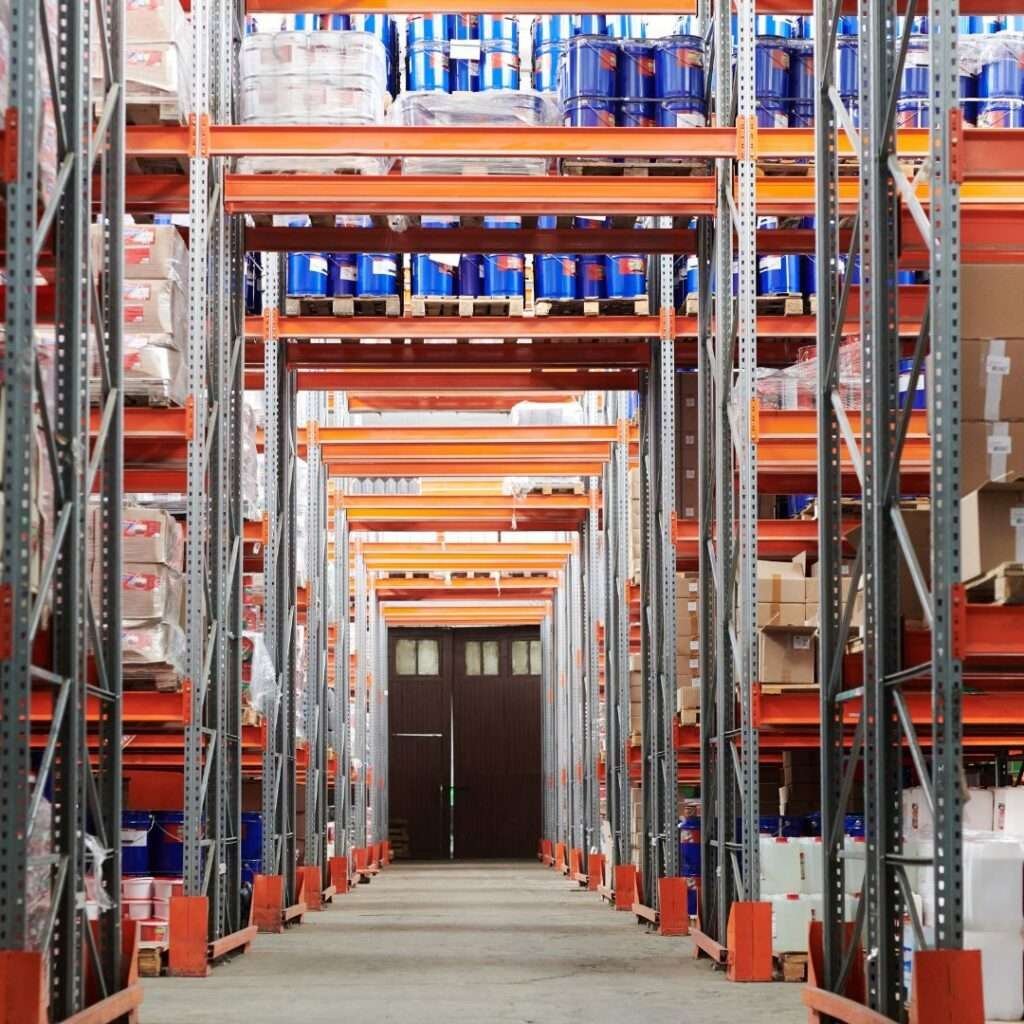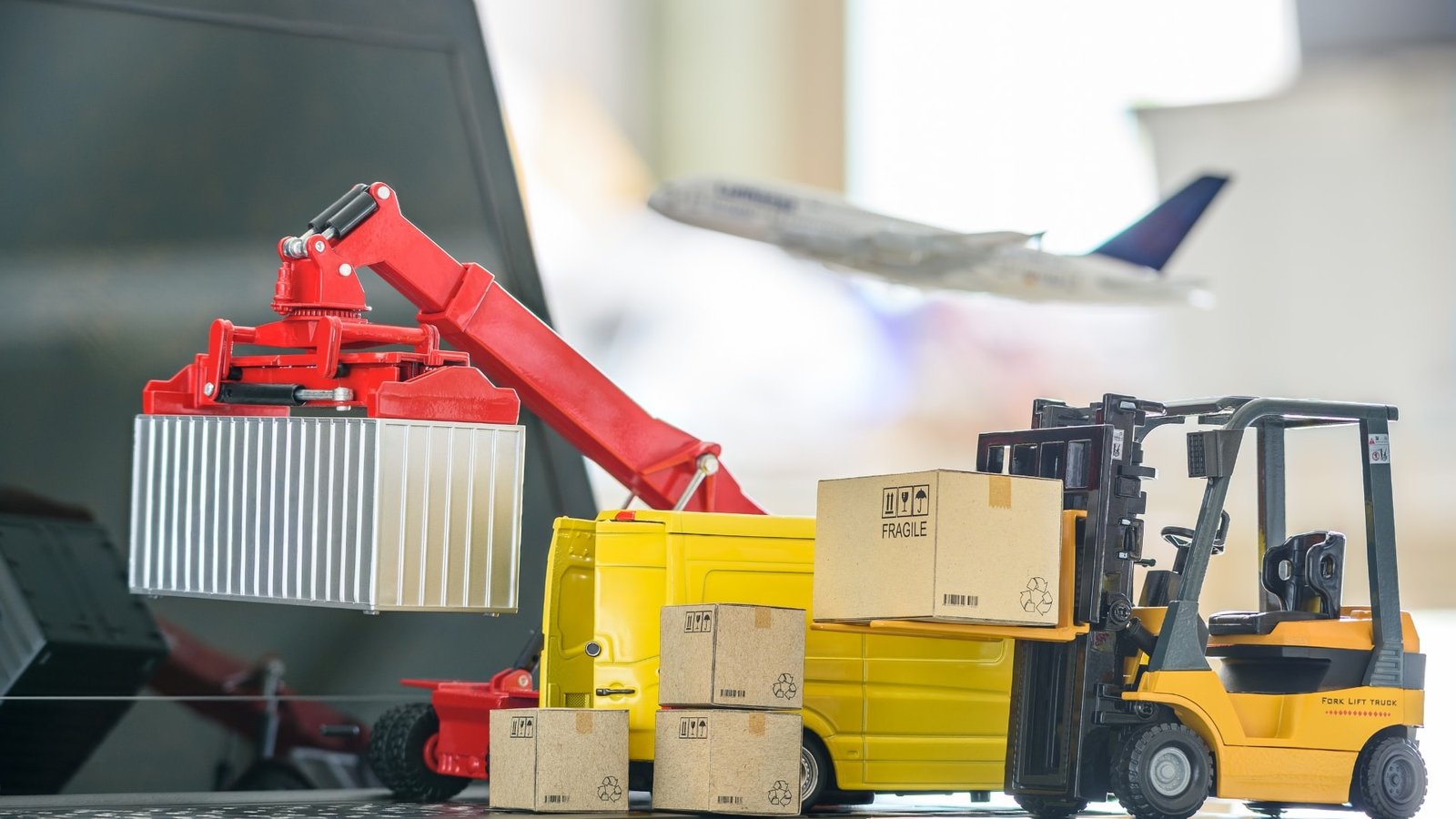Moving Away from Traditional Manufacturing Processes
In the Industrial Revolution 4.0 of today, Intelligent Smart manufacturing covers a wide range of technologies and practices, digital transformation, revolutionizing production processes and operational efficiency. The pivotal shift? Integrating artificial intelligence (AI) along with edge computing and advanced robotics.
This technology enhances operational fluidity, utilizes internet connected machinery, improves performance metrics, and fosters innovation across global manufacturing landscapes. The National Institute of Standards shows that Predictive maintenance has been pivotal in reducing unplanned downtime by up to 40% since the past few years in the manufacturing sector. That’s the power of AI.
The Foundation of Smart Manufacturing Systems and Artificial Intelligence
The term Smart Manufacturing focuses on smart technology within the supply chain. It leverages data and advanced technological tools to revolutionize the additive manufacturing process with smart factories. Imagine transforming factories into intelligent hubs by incorporating elements of digital innovation, where AI becomes a central figure. Additive smart manufacturing, a method of building precise 3D objects from various materials, is a core technology within smart manufacturing.
The essence of Smart Manufacturing is to elevate factories to a level where AI enhances efficiency, connectivity, and production methodologies. It transcends the mere use of automated robots; it encapsulates a synergy between machinery, data analysis, and human creativity. Predictive maintenance can slash maintenance costs by around 10%.
This modern approach places AI and big data processing capabilities at the forefront of real-time data collection, interpretation, and the execution of informed decisions, optimizing factory operations and increasing adaptability. AI’s role in monitoring production processes offers a comprehensive overview of operational performance.
The industrial internet enhances production efficiency through advanced technologies like the Industrial Internet of Things (IIoT), allowing for real-time monitoring and predictive maintenance.
This continuous data flow aids in identifying issues, anticipating potential setbacks, and devising solutions to maintain uninterrupted and effective production. Moreover, AI revolutionizes not only the additive manufacturing aspect but also impacts procurement, product design, and customer satisfaction.
Intelligent algorithms and machine learning capabilities enable factories to predict market trends, swiftly align with consumer demands, and deliver personalized products. This overview underscores the significance of AI in transforming the entire lifecycle of product development and distribution.

The Global Landscape of AI in Smart Manufacturing
Integrating AI in smart manufacturing on the shop floor is not a trend limited to specific locales; it’s a global phenomenon, reshaping production processes worldwide. This global shift is part of the broader smart manufacturing movement, which incorporates data analytics and advanced technologies to enhance adaptability and operational efficiency. Nations across the globe are embracing AI to enhance their manufacturing sectors, aiming for smarter, quicker, and more competitive outputs.
This significant shift towards AI adoption underscores a collective ambition to refine productivity, reduce expenditures, and improve product quality, all while rapidly responding to market demands. The National Institute of Standards also suggests that the global market revenue of smart manufacturing is projected to reach $573 billion by 2027.
In the United States, manufacturers are leveraging AI to preemptively identify maintenance needs and conduct product quality assessments, facilitating smoother operations. Europe, with Germany at the forefront, excels in smart manufacturing to simplify complex processes and integrate production lines.
In Asia, nations like China and Japan are extensively utilizing robotics, networked sensors and AI to elevate smart manufacturing capabilities, showing how technology can expand the smart factory output.
The Global Initiative
The global initiative to integrate AI into smart manufacturing represents an opportunity for international collaboration, addressing major challenges collectively. Each participant contributes unique insights, enriching the collaborative endeavor. The growth in this cooperative effort is bolstered by international conferences, research, and projects that promote mutual learning.
Emerging economies too are adopting AI, swiftly moving beyond traditional manufacturing since the past few years. This reflects a growing interconnectedness of the world’s factories, where innovations in one region can inspire new methodologies elsewhere.
The worldwide transition towards embedding AI in smart manufacturing sectors signifies more than technological advancement; it’s a unified effort to render factories more intelligent across the board. This movement showcases a future where manufacturing is not only more efficient but also fosters greater international cooperation with a technology driven approach.

Enhancing Efficiency Through AI and Data Analytics
AI is revolutionizing how we create products, achieving a level of precision and automation previously unimaginable. Collaborative manufacturing systems dynamically respond to changes in the smart factory environment, supply network, production process and customer demands, significantly enhancing efficiency.
Innovative tools such as robotics, machine learning algorithms, and advanced data analytics are at the forefront, significantly enhancing the efficiency and productivity of manufacturing processes. These technologies excel in technologies that collect data, analyze comprehensive data from various stages of production, identify inefficiencies, and optimize processes to increase output.
64% of companies are currently researching or experimenting with AI in manufacturing. Utilizing machine learning enables manufacturers to rapidly process vast amounts of data, identifying trends in production levels or problems that require attention. This capability is critical to improve quality and speed, minimizing waste, and ensuring equipment operates seamlessly. This ultimately addresses customer needs.
Moreover, AI-driven robots are increasingly assuming roles on production lines, performing tasks with unparalleled accuracy and consistency. This not only boosts productivity but also reduces errors.
AI plays a pivotal role in preventing unforeseen downtimes. Through predictive analytics, it can forecast equipment failures before they occur, allowing for preemptive maintenance that saves both time and resources. This proactive approach not only maintains continuous production but also extends equipment lifespan, benefiting the environment.
Further, AI enhances decision-making processes, enabling companies to adapt swiftly to supply chain fluctuations or shifts in consumer demand. Such agility is vital for maintaining a competitive edge in the global market.
As the adoption of AI in manufacturing accelerates, the quality and efficiency of production processes visibly improve, underscoring AI’s importance in the development of modern, intelligent factories. These advancements are steering the industry towards faster, more sustainable, and efficient operations, underscoring AI’s significant influence on global manufacturing practices.
AI’s Role in Predictive Maintenance
In our current digital transformation era, the concept of a smart factory has been revolutionized by what we call predictive maintenance, propelled forward by AI. Picture AI as an advanced ally for manufacturing machines, always monitoring their status, ensuring efficient production and preempting potential issues before they escalate.
This technology delves into the assembly line to gather extensive data generated by these machines, assimilating insights from previous errors and present operations to detect early signs of future malfunctions. This approach and other key technologies transition maintenance from reactive to proactive, embracing a philosophy of preventing disturbances rather than responding to them after the fact.
The advantage of integrating AI in this context is its significant reduction in unexpected downtimes. Foreknowledge of when machinery requires care allows for interventions that don’t disrupt the production process, ensuring a seamless continuity in operations. This strategy goes beyond mere damage control; it refines the maintenance process, making it more efficient, faster, and cost-effective.
The global AI in manufacturing market was valued at $1.0 billion in 2020
The Role of Smart Manufacturing Technologies
Using AI in Predictive Maintenance
Employing AI for maintenance extends the lifespan of machinery with the help of smart technologies. Industrial connectivity devices play a crucial role in facilitating interoperable systems and enabling advanced manufacturing processes.
Identifying minor issues promptly enables timely resolution, preventing them from evolving into costly failures. This proactive maintenance not only prolongs the functionality of machines, it also helps to improve manufacturing performance and supports sustainable practices by reducing the frequency of replacing equipment.
Minimizing the incidence of sudden machine failures enables manufacturers to conserve substantial financial resources that would have been allocated to emergency repairs, loss of production, and compromises in quality.
The intelligent analysis provided by AI equips companies with the foresight to allocate their maintenance budgets more judiciously. Companies that have scaled with predictive maintenance have reduced unplanned downtime by 20% to 40%.
Predictive maintenance, facilitated by AI, exemplifies the evolution of modern manufacturing towards integrating innovative technologies with more efficient and streamlined operations. Through AI, manufacturers are not merely repairing machines; they are proactively managing their operations to ensure maximal efficiency, armed with predictive insights that previously remained unattainable.
The Environmental Impact of AI-Driven Smart Manufacturing
Integrating AI into making stuff in factories is a big deal for cutting down on the bad environmental effects of making things. Smart manufacturing technologies play a significant role in enhancing operational efficiency and maintaining a proactive maintenance approach.
AI uses smart programs and learns from data to make better use of stuff like materials, water, and power. This doesn’t just reduce trash but also makes sure factories use only what they really need, cutting down on waste and making things run smoother.
AI tools are super good at looking through tons of data from how things are made, spotting ways to use less power, and recommending changes for greener ways to make stuff. For example, AI figures out the best ways to run machines so they eat up less power, which means fewer bad gases getting into the air.
Plus, these smart systems make getting and sending materials better, ensuring everything is done in the greenest way possible. 63% of manufacturers believe applying IoT to products will increase profitability over the next 5 years. AI also does a lot to help the environment by making product designs better.
It can predict how a product will be used and when it will get old, helping in making stuff that lasts longer. This means we won’t need to buy new things as often, cutting down on trash. AI also helps in making sure products and materials are reused and recycled, lowering the bad stuff manufacturing does to our planet.
AI’s role in making manufacturing greener shows how tech can be used to help our environment. By making things more efficient and creating less waste, AI is not just good for business but is also crucial for reducing how much factories harm our earth.
The Human Aspect: AI and Workforce Dynamics
Incorporating AI in manufacturing and smart factories transcends mere technological advancement. As AI and advanced robotics outperform traditional processes, there is a need for a shift in mindset and skills among workers to effectively integrate these new technologies. It symbolizes the evolution of human roles and capabilities alongside it. As automation and intelligent algorithms undertake more complex tasks, the nature of occupational responsibilities undergoes a profound transformation.
This paradigm shift prompts a reevaluation of employment dynamics in the context of intelligent factories. Ensuring that individuals enhance their operational efficacy with the aid of AI becomes a critical consideration for leadership and workforce alike.
This scenario necessitates a concerted effort to equip employees with the requisite skills to navigate this emergent landscape. The alteration of job profiles due to AI integration compels a deeper engagement with continuous learning. It is imperative for manufacturing units to facilitate their workforce’s proficiency in areas such as data comprehension, digital tool application, and system management.
Furthermore, fostering an effective collaboration between human labor and AI is vital. Such synergies, including a flexible technical workforce training, have the potential to spawn innovative solutions by leveraging the strengths of both human intellect and machine efficiency. Prioritizing ongoing education and adaptability is paramount to optimizing this collaboration.
Another focal point is the development of AI that augments rather than supplants human labor. The goal extends beyond automating mundane tasks to enhancing creative capacities and enriching professional endeavors. Employing AI as a catalyst for job enrichment and personal fulfillment could significantly ease the transition through these technological advancements.
The emphasis on the human aspect of integrating AI into production processes is crucial. The aspiration is for cutting-edge technology to not only expedite or innovate but to also render occupations more engaging and future-ready.
Real-World Success Stories of AI in Manufacturing
Across the globe, enterprises are integrating AI to achieve significant advancements. They are changing our version of the smart manufacturing definition. Numerous examples illustrate AI’s transformative impact, particularly in manufacturing. Optimizing the supply network through AI has enabled companies to adapt in real time to changing conditions and demands, significantly improving operational efficiency.
For instance, an automotive manufacturer implemented AI to predict machinery malfunctions before they occurred. This strategic approach reduced downtime by 20%, enhancing productivity and reducing maintenance costs.
In the aerospace sector, another enterprise applied AI for quality control, identifying minute flaws undetectable by human inspectors. This rigorous inspection process significantly improved product quality and minimized material waste, contributing to both economic and environmental sustainability.
These examples highlight AI’s capability to enhance efficiency, reduce expenses, and improve product quality across various industries. As adoption of AI technology grows, these success stories set a benchmark, demonstrating the tangible benefits and competitive advantage that AI offers in the manufacturing domain.
Future Trends: The Evolving Role of AI in Manufacturing
AI’s role in the Industrial Revolution 4.0 production processes is seeing a huge jump, introducing exciting improvements aimed at boosting the industry significantly. The smart manufacturing journey involves overcoming challenges such as implementation costs, data enhanced automation, raw materials management, integration with existing systems, and change management.
One important breakthrough is the digital twin. Imagine having a computer model of a real-world system, letting companies test ideas, predict results, and better their methods through AI, all without the risk to their actual operations. With these virtual copies, companies can foresee problems and increase the longevity of their machines easily.
Also, combining the Internet of Things (IoT) with AI is changing the game. IoT devices gather data across a digital manufacturing site, giving a real-time view of everything happening. When AI processes this data, it transforms factory management by improving maintenance before things break down, making operations smoother, and making it easier to customize products.
Navigating the Smart Manufacturing Journey
Cobots and Sustainability
AI is changing how humans and machines work together too. Robots that work with humans, known as cobots, are getting smarter and more independent. They take over repetitive tasks, collecting data and will leave people free for more creative and thoughtful work. This partnership is expected to raise productivity by a lot.
On the sustainability front, AI is a game-changer, pushing the manufacturing industry to be more environmentally friendly. AI helps in using energy more wisely and reducing waste, playing a key part in lessening the environmental impact of industrial work.
Looking ahead, advancements in machine learning will bring a smarter way of manufacturing. Systems will soon predict and adjust on their own, lessening the need for people to step in.
In the long run, the Industrial Revolution 4.0 with AI and the Digital Twin, will not only improve how we make things now but also introduce new ways of producing goods. It’s paving a path full of possibilities based on changing demands. This includes smarter and more efficient mass production manufacturing processes. The days of basic automation and traditional factories are over!
If you like this article, please share this information and please subscribe to our newsletter and website where you will learn more about Digital Information technology, the Fourth Industrial Revolution and world class asset management, besides other topics.











